As a parent embarks on the path of homeschooling, it can feel like a scary and uncharted territory. Stresses can arise on how to do it right, how to pick up where schools left off, and what does it even look like at home? And when homeschoolers are asked for advice, new parents hear a lot of ways homeschooling can and should be different from the typical process and products found at school.
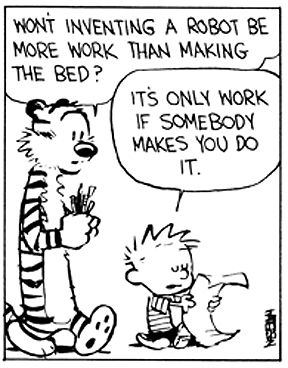
I thought it would be advantageous to take one of those wonderful, inspiring commencement addresses delivered to college graduates to help share what I discovered to be a wonderful journey called unschooling. I pulled quotes from the commencement address delivered by Bill Watterson, author and creator of the comic, Calvin and Hobbes, that encapsulates my ideas well.
It’s surprising how hard we’ll work when the work is done just for ourselves.
At school, new ideas are thrust at you every day. Out in the world, you’ll have to find the inner motivation to search for new ideas on your own. …
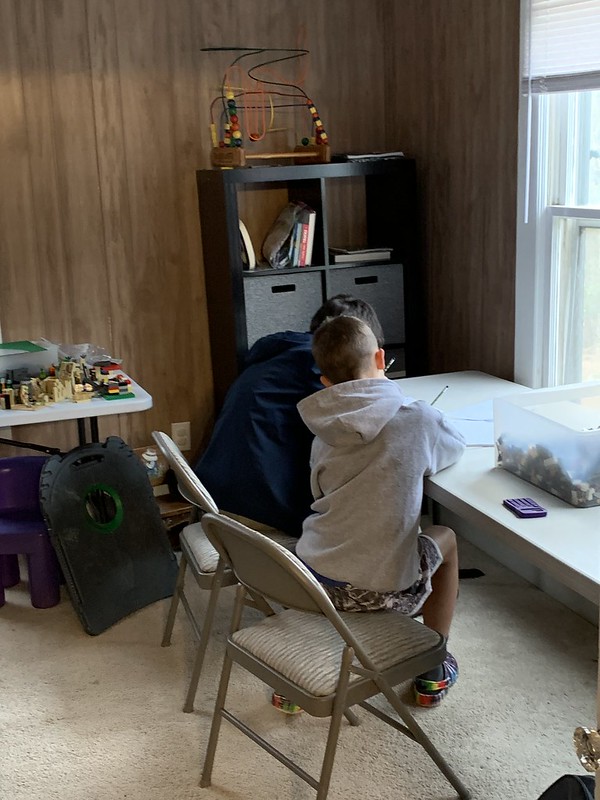
The model we grew up in called school taught us that children need to be taught. And they will create all sorts of programs and systems in which to do it the best way. I am here to tell you that my children learned the most from their own open-ended projects and their own initiated research. Far more! And it wasn’t tedious to them to spend hours doing it! And here’s the secret: they only have to have one time a week engaged in this manner to add up to a fantastic education. But, you must remember, the products from this manner may look very different from the products school puts out. I believe it’s because the process engaged in toward the product is so much more educational than the actual product. In other words, the process is where the education lies, and the product is the satisfaction.
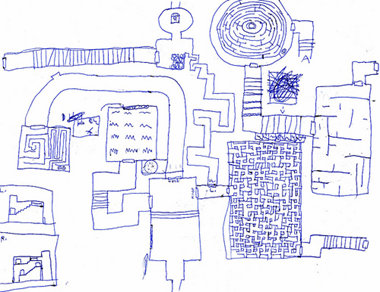
How did I accomplish this for my children? I told myself that they would get 60% of their day to pursue their own interests and projects. You may worry that they will spend all day in front of the television or playing video games. I tend to fall in the middle of the pendulum swing on this. (Beware of the all or nothing paradigm.) I gave value to these things and understood the benefits, and I also created space and time for other pursuits if I saw it becoming unbalanced (and that looks different for each child). I had ungoing conversations with my children individually about what a balanced life looks like and how we adjust through various seasons. Thus, what I found was with time, balance, and space, my children engaged themselves in ways I would not have thought to assign.
[A]s bright, creative people, you’ll be called upon to generate ideas and solutions all your lives. Letting your mind play is the best way to solve problems.
A playful mind is inquisitive, and learning is fun. If you indulge your natural curiosity and retain a sense of fun in new experience, I think you’ll find it functions as a sort of shock absorber for the bumpy road ahead.
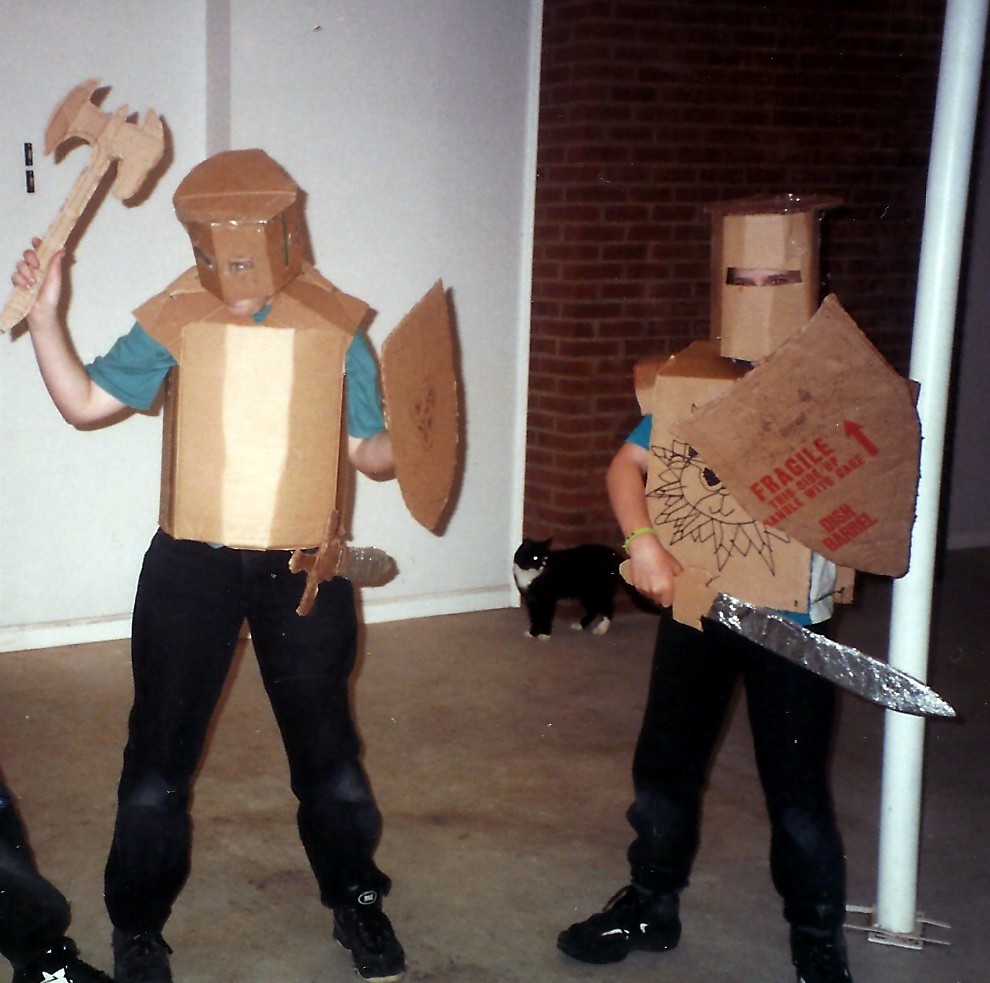
When we think of education, it seems that we have been taught to believe it has to be hard, rigorous, or painful in order to be valid. If our focus stays on dry, predictable products, we risk losing creativity, innovation, and out-of-the-box thinking that encourages life to be interesting and hopeful. But here’s a fascinating tidbit: successful people have both! Einstein said that he believes he was able to come up with his theories because he was a late bloomer who stayed attached to his ability to play in his mind. We do want to raise our intelligence and push our limits with traditional knowledge as the product, but we also want to continue to nurture our ability to dream up new thoughts and ideas that is fueled by unleashed process of thinking.
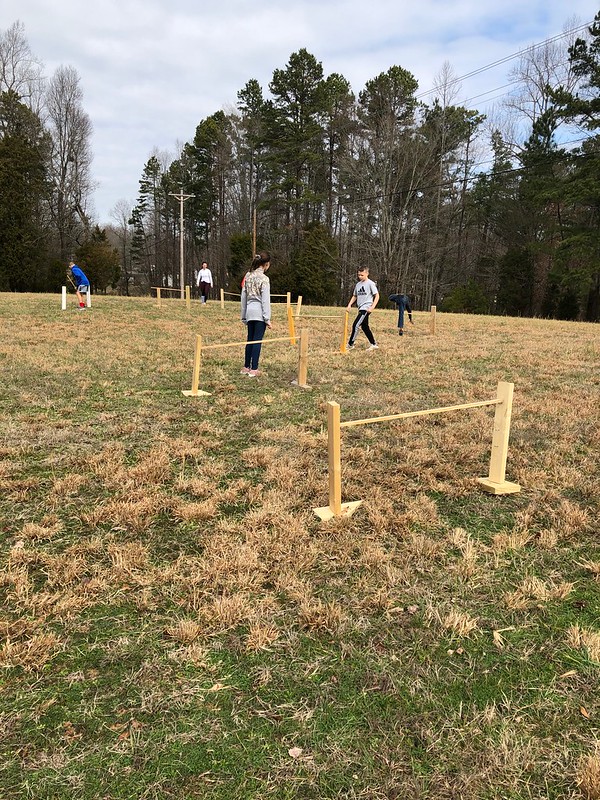
How did I accomplish this for my children? First of all, there are stages of learning that builds on each of these if they are understood and valued. The childhood years (of what I call 5-10 years old) is the best time to cement imagination and creativity. It requires us as parents to give space for this, recognize what you are seeing, and giving it value. How many middle school young people have entered my learning center having forgotten how to be creative and innovative? A lot! There are plenty of years left from 11-16 (what I call the young adult years) to build up their formal academics as they add this to the creative foundation to produce unique outcomes by adding the voice created (process) to the academic base (product).
Second, it goes back to creating that balance of space and time given to recognizing and valuing both types of intelligence. I believe what we see as process is the foundation for creativity and innovation and what we see as product is the foundation for academic proficiency. It should be and not or.
We define ourselves by our actions. With each decision, we tell ourselves and the world who we are. Think about what you want out of this life, and recognize that there are many kinds of success.
You will do well to cultivate the resources in yourself that bring you happiness outside of success or failure.
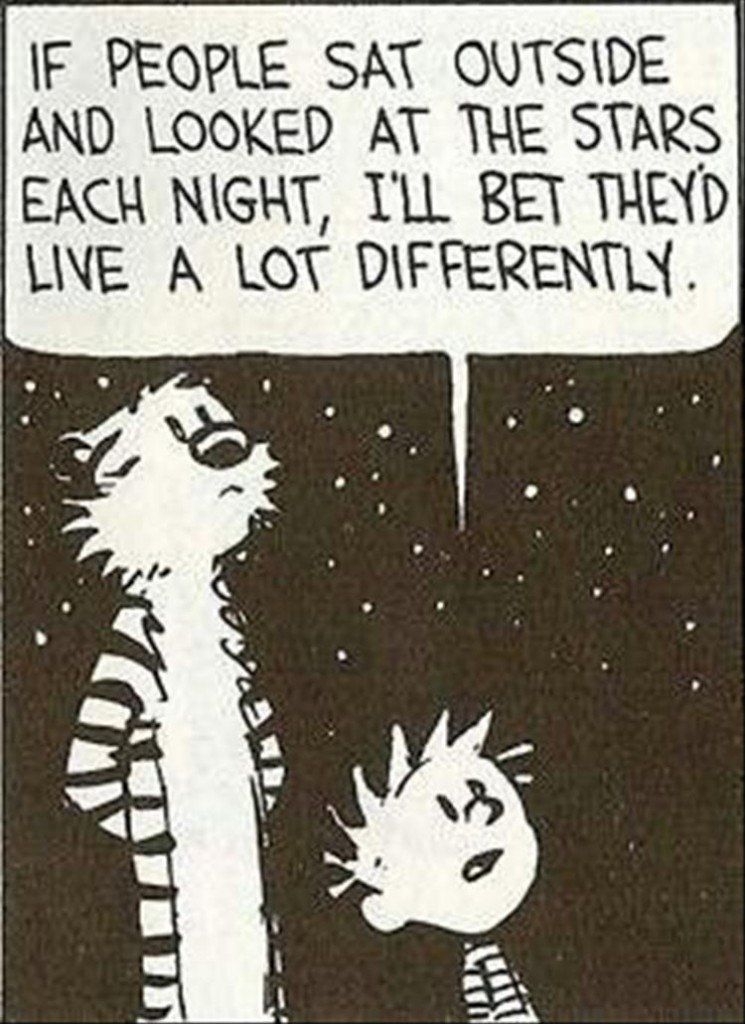
Our current lives are a plug-in-and-go model. Send your child to preschool, then elementary school, then middle school, then high school, then college, and then job. Don’t think; just do. I feel strongly that’s what a mid-life crisis is all about. A person has “done what he is supposed to do” all his life, plugged in and on auto pilot. When you reach the other end of life and realize you’ve never chosen for yourself, a person may throw the baby out with the bathwater just to jump off the moving train. Thoreau said, “the mass of men lead lives of quiet desperation.” How sad!
I believe that choosing to homeschool is an opportunity to choose your own path, forge your own way, and be your own person now. How liberating … once we get past the fear of the idea that the plug-in model makes us feel “safe.” How do we go about doing that? Well, the current pandemic is helping many parents make the leap of faith. I remember one parent writing me after a few months of shifting her thinking on how education should look. She said, “I felt it was a huge, scary crevasse to jump over, but upon looking back, it wasn’t such a huge leap after all.” In other words, the fear of the unknown makes it feel huge and scary. The reality is it is a beautiful thing!
How did I do it with my children? Learn to trust in the process. Again, how? By surrounding myself with supportive people doing what I want to do. Reading. Consulting. Becoming a master observer of my children. Journal instead of direct. Each activity my child chose, for a season, I journaled about what value could be given to it. I taught myself to see through a different lens. The redefinition of what is success and what is failure will be an ongoing deschooling process from the conditioned beliefs we were taught to accept. Here’s an excerpt from my journal when I was becoming a master observer:
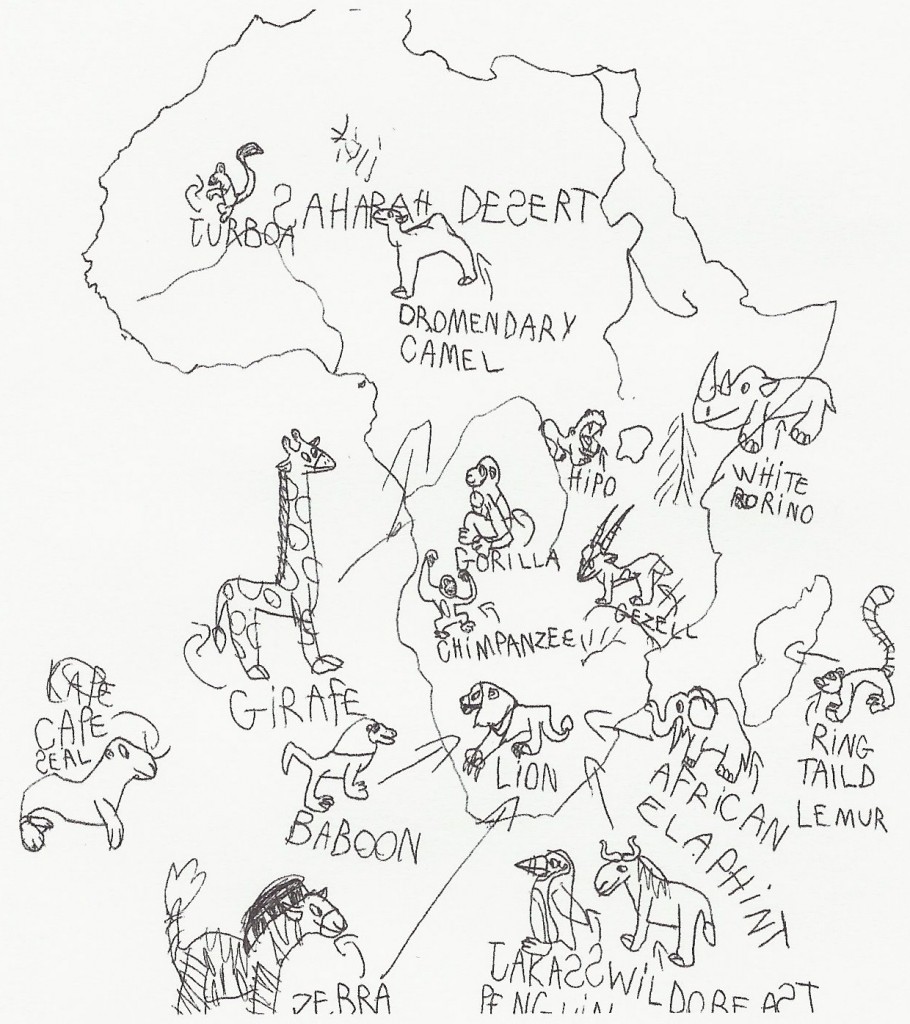
After picking up some books from the library, Son(8) and Daughter(6) began their own What On Earth Is …. book by drawing the illustrations shown in the book and copying the caption words to make a mini book. I thought it was great penmanship practice without them even knowing since they created the project! I love natural learning! Also, spelling practice! I’m sure they will know how to spell Chuckwalla by the time they’re through. ~October 16-20
Doing this enough (observing and journaling without their knowledge) eventually led me to drop needing to journal about it and stop the need to categorize it into a valid subject. After watching how much time and effort they would spend on their own projects, I recognized that the process was the foundation of the learning process. The product was simply a result.
To invent your own life’s meaning is not easy, but it’s still allowed, and I think you’ll be happier for the trouble.
It’s still allowed! You’re allowed to educate your own children at home. You’re allowed to have learning happen in any manner you want. You’re allowed to skip something. You’re allowed to take a day off, a week off, a month off. You’re allowed to learn about astronomy instead of biology. You’re allowed to turn your daughter’s horse riding passion into Equine Studies. You’re allowed to come up with your own graduation requirements that looks different than public school. My daughter at 18 wondered aloud, “Should I feel guilty for not being stressed like my peers?” No, no you shouldn’t. And she ended up with the same product (entrance into the college of her choice) as her stressed out public school peers.
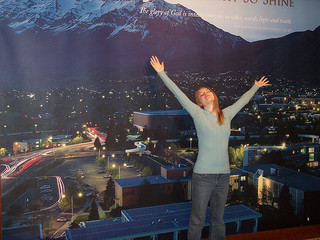
Parents are often concerned about being able to access all of the products in life if they choose the path less traveled. Homeschooling has grown enough now to offer all the typical extras found at school such as sports, prom, and a graduation ceremony. And colleges often welcome homeschoolers in with open arms. This is why: college admissions will receive thousands of the same type of applicant (A student, AP/Honors courses, extra-curricular, volunteer hours, strong ACT/SAT scores, etc.) You have to hope you meet their 10% cut or whatever their “acceptance rate” is. No wonder everyone is so stressed. But, when you homeschool, you are allowed to “invent your own life’s meaning” and be unique! The reason “you’ll be happier for the trouble” is because now your application will be placed in an “other” pile and stand out. Colleges look to create diversity in their student population. They fill their core with the first group, and liberally sprinkle “others” from the second group, accepting a far larger percentage for this reason. My daughter had music, the social sciences, and creative writing as a core in her transcript, and her essays showcased these differences, creating a whole story. She had a solid ACT score, but no grades on her transcript. You are allowed!
Your preparation for the real world is not in the answers you’ve learned [product], but in the questions you’ve learned how to ask yourself [process].
The truth is, most of us discover where we are headed when we arrive. … It’s a good idea to try to enjoy the scenery on the detours, because you’ll probably take a few.
How did I do this with my children? I valued who each one was with their individual strengths and weaknesses, gifts and talents. I would just do the next right thing in supporting growth in these areas. The todays would take care of the tomorrows. There were definitely detours along the way, so I’m glad I didn’t have them boxed in. I believe choosing to have faith in the process of each child becoming was why it made for a more joyful journey where we could all enjoy the scenery. The products were the natural outcome of the process.
If you benefited from this content, please consider supporting me by buying access to all of my premium content for a one-time fee of $15 found here. This will even include a 50% off e-mail link toward a copy of my popular The Right Side of Normal e-book (regularly $11.95)!





